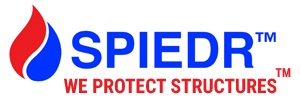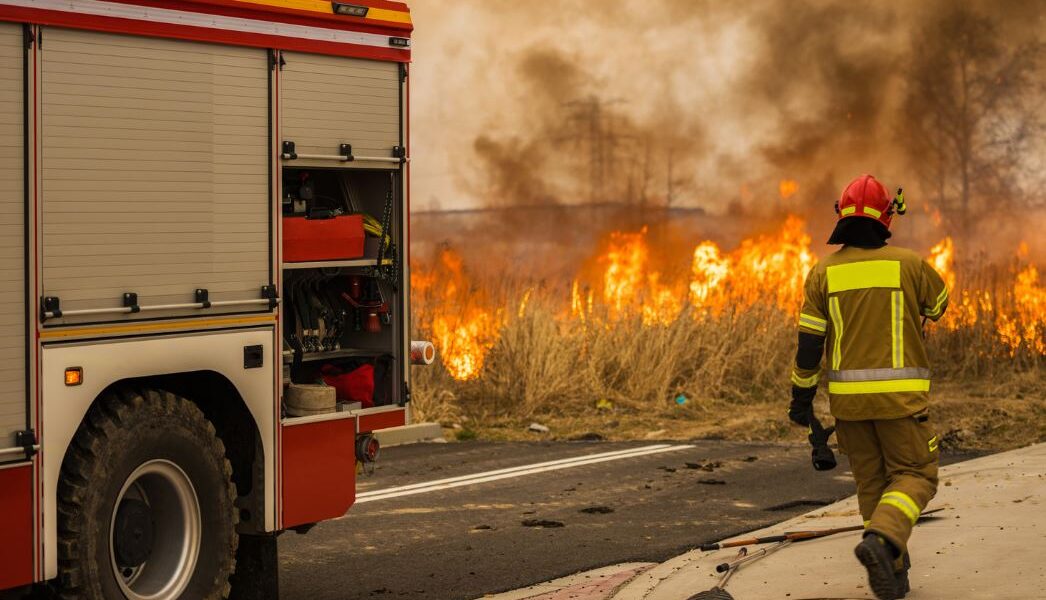Wildfire Risk Assessment
The initial step to creating an effective emergency response plan is to gauge the risk to your business. This means taking a good look at how likely it is for a wildfire to happen in your area and what kind of impact it could have on your operations. To do this, follow these steps:
- Look back at past wildfire data in your area to pinpoint areas where the risk is highest
- Talk to local fire authorities to grasp the level of risk in your vicinity and get their advice on how best to prepare
- Scrutinize your business location from a facilities management and operational angle to spot any weak spots and identify potential fixes
Create Your Wildfire Emergency Response Plan
Once your risk assessment is finished, it’s time to put together a solid wildfire emergency response plan tailored to your business. Here are some important things to keep in mind as you create your plan:
1. Establish a Backup Location for Your Business if Possible
If your business has several locations, make sure there’s a backup plan in case one site needs to be evacuated. You can also set up agreements with similar businesses in other areas, so you have a backup location if needed.
2. Communication Protocols
Have clear protocols in place for letting employees and guests know about evacuation procedures, where to go in an emergency, and any available support. It’s crucial to have a tested protocol in place to keep everyone updated on the wildfire situation and evacuation progress.
3. Evacuation Procedures
Make sure employees know what steps to take before evacuating and how to close down the business safely and efficiently. Define when to evacuate and what each employee’s responsibilities are during the evacuation. This will streamline the process and make it easier for everyone in the event of a wildfire.
4. Include a List of Emergency Contacts
Keep a copy of the plan off-site, including a list of emergency contacts like local fire departments, evacuation centers, and emergency services. This list will be essential if you have to evacuate suddenly.
5. Training
Make sure all staff members know the emergency response plan and regularly practice it through training sessions. This ensures everyone is familiar with the plan, helps identify any areas that need updating, and keeps the plan current with any changes in your business.
6. Install a Sprinkler System
Installing an automatic sprinkler system to keep your structures damp in the event of a wildfire could prevent you from losing your business. If you have to evacuate, leaving a sprinkler system can prevent buildings and structures from igniting if a wildfire comes close. Investing in a wildfire-prevention sprinkler system is a smart idea that can set your mind at ease and potentially save your business.
By following these steps, you’ll be better prepared to handle a wildfire emergency and keep your business and employees safe. If you are ready to take the next step in protecting your business from wildfire, SPIEDR is here to help. We are proud to provide commercial properties of all kinds with tailored rooftop sprinkler systems, sprinkler trailers, and more.


